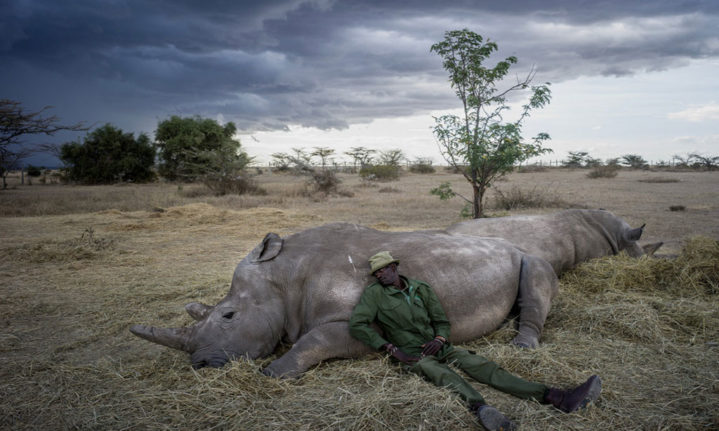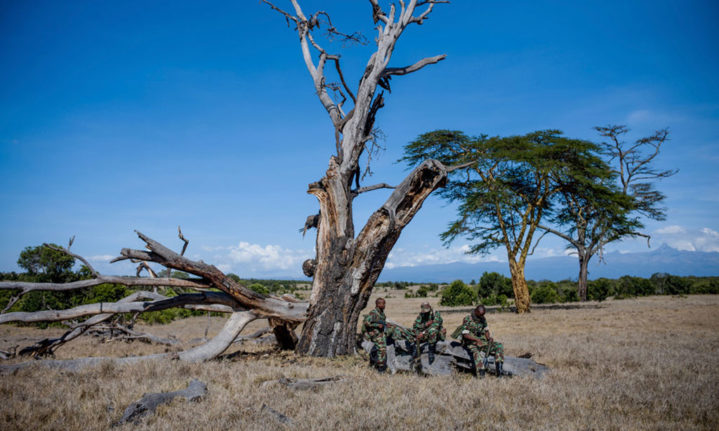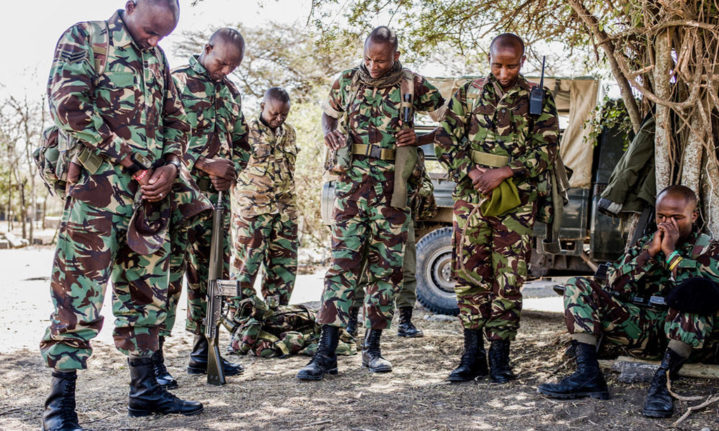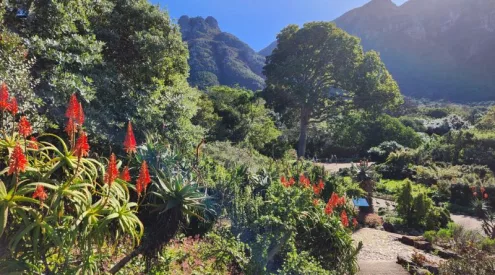2013 was Kenya’s worst year for rhino poaching – more than 5% of the national rhino population (59 rhinos) were killed.
In 2018, the last male northern white rhino passed away from natural causes in Ol Pejeta conservancy in Kenya. He left behind only two known members of the subspecies – a mother and daughter.
They remain in the conservancy where he is buried and are under the watchful eye of a team of caretakers and protectors around the clock.
This is a glimpse into the daily lives of the rhinos and the people who care for them, from the photo essay To Serve and Protect by Justin Mott.
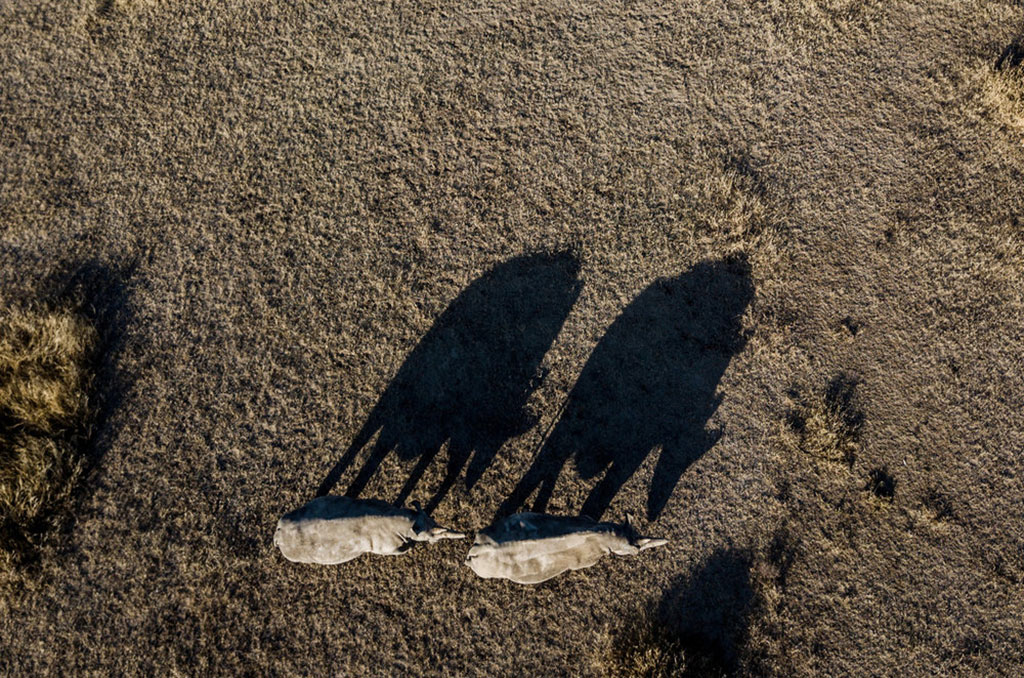
Fatu and Najin are the last known northern white rhinos on the planet. The southern white rhino has been luckier and has gone from 50 individuals to well over 20,000. Image: Justin Mott
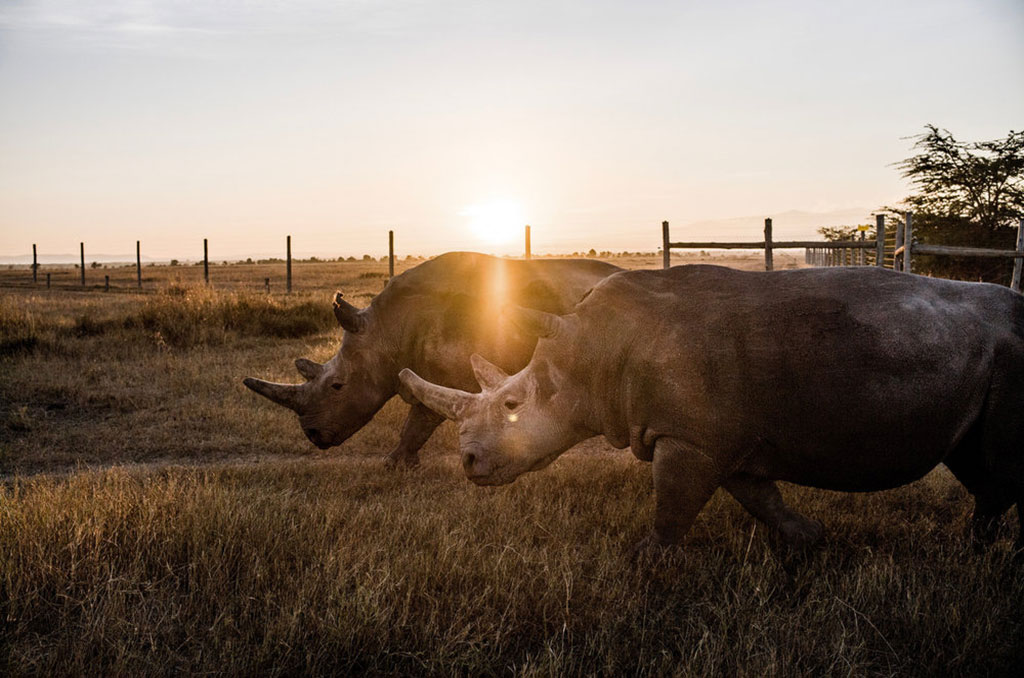
The mother and daughter live in a 360-sqkm gated and guarded conservancy in Kenya. Image: Justin Mott
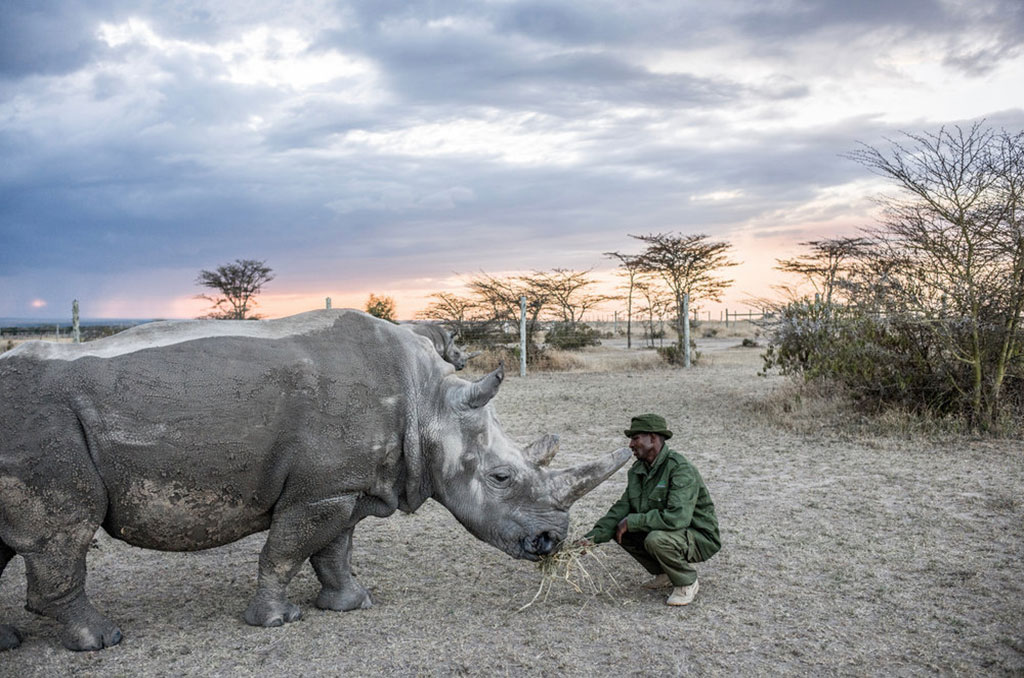
The caretakers feed and care for the rhinos, as well as explain their plight to visitors. Image: Justin Mott

The rhinos are free to move around within the conservancy as they please, however they are under 24-hour watch by their caretakers and armed guards the National Police Reservists. Image: Justin Mott
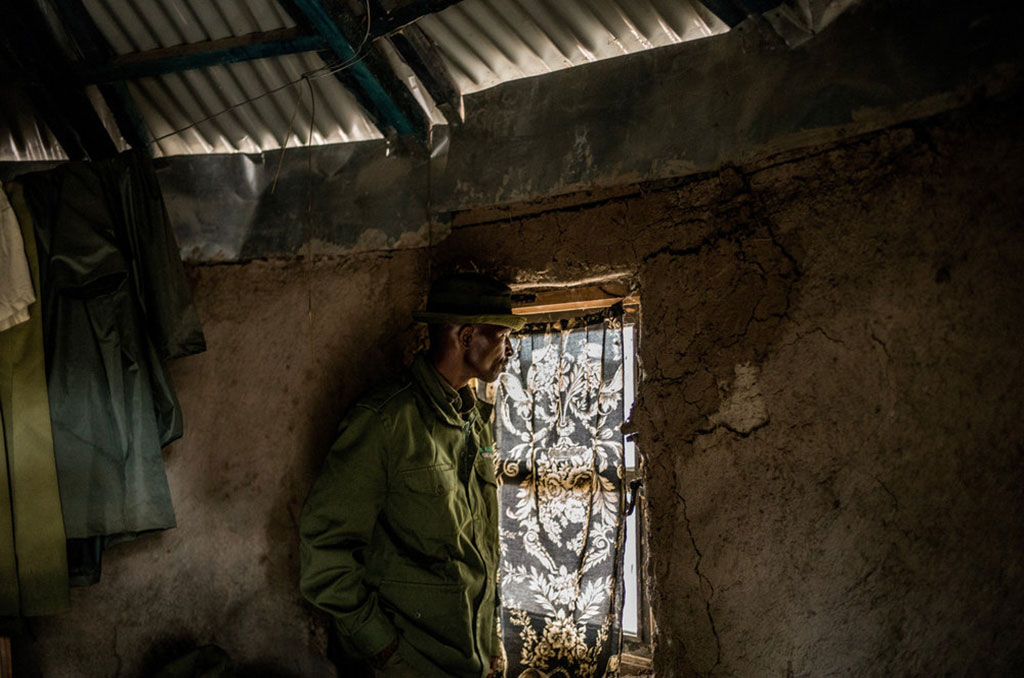
The guards and caretakers all live in a small bush camp from where they can see the rhinos at all times. They spend 20 days in the camp and then have a week off to return home to their families. Image: Justin Mott

The NPR patrol the enormous conservancy for signs of poachers. Image: Justin Mott

The NPR patrol the bush throughout the day. Image: Justin Mott

They continue to patrol at night through bush among wild animals. Image: Justin Mott
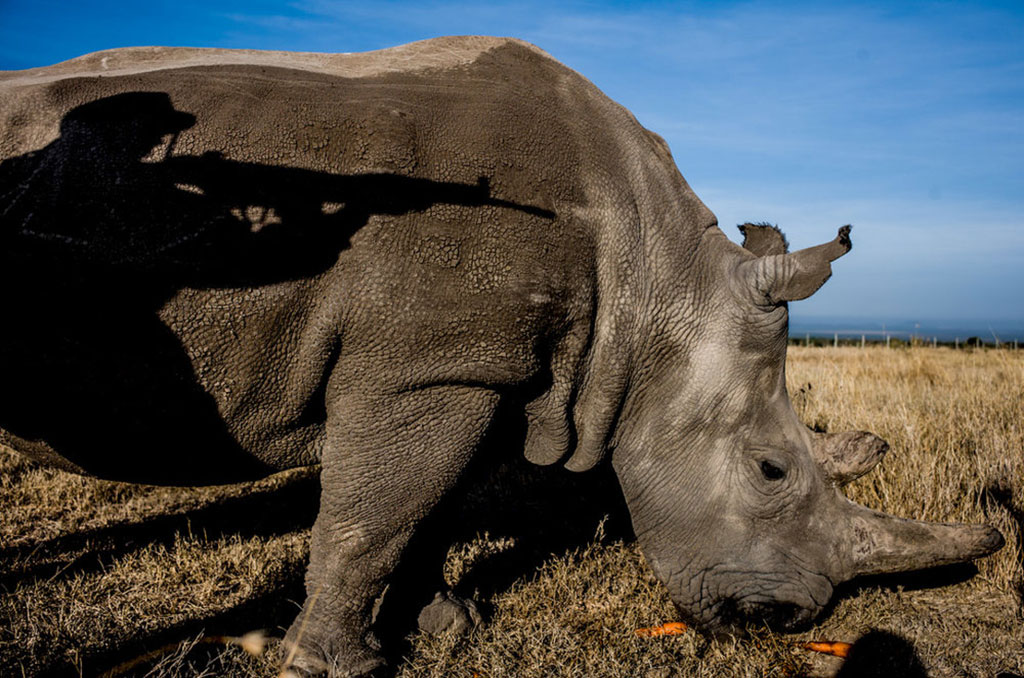
Last year, the NPR had an encounter with poachers. All three poachers were killed in a gun fight with the NPR. Image: Justin Mott
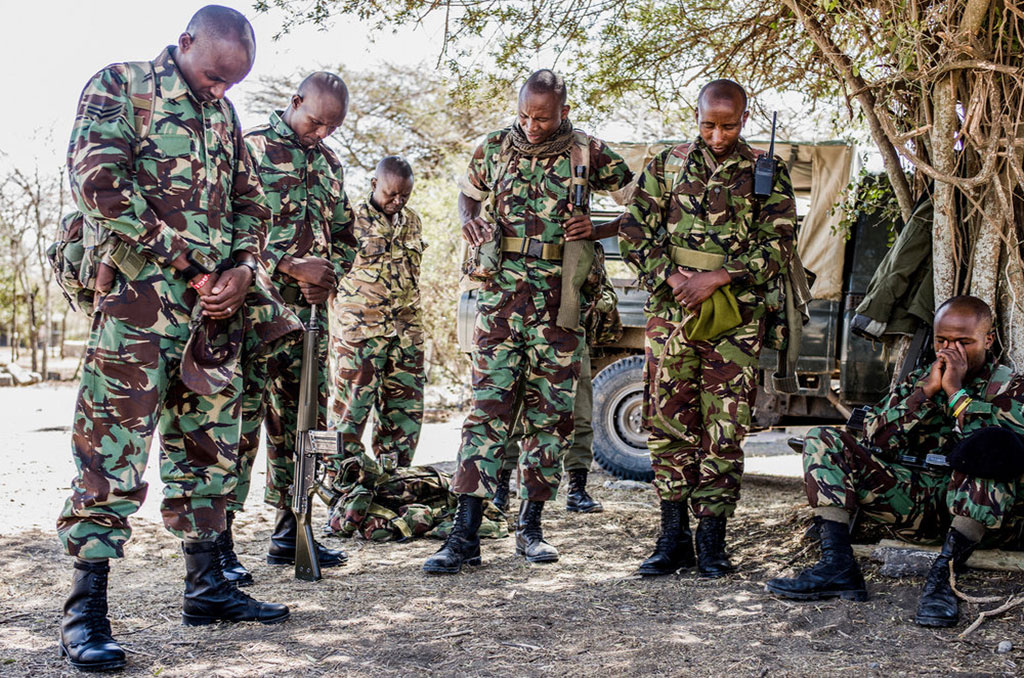
Mott was struck by the immense pride and honour the caretakers and guards have for their work. Image: Justin Mott

The rhinos roam not far from where the last male, Sudan, is buried. They are the last known of their subspecies – more of their subspecies may be hidden in the bush. Image: Justin Mott
The number of rhinos poached in South Africa has decreased over the last four years. However, this decrease does not necessarily mean that rhinos in the country are thriving.
“The decline in the number of poached rhinos may demonstrate that the anti-poaching work taking place is having an effect, or it may also demonstrate that with significantly fewer rhinos surviving in the wild, it is getting harder for poachers to locate their prey,” explains Save the Rhino International.
About the photographer: Justin Mott, the photographer of this series, has been based in Vietnam for the past decade. This series forms part of a broader personal project, Kindred Guardians, in which Mott documents the lives of people who go to extraordinary lengths to conserve animals. His work has been featured in the New York Times, TIME, The Guardian and the Wall Street Journal.
Feature image: Justin Mott












